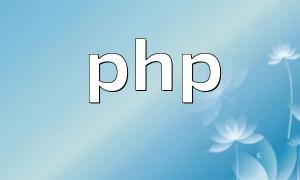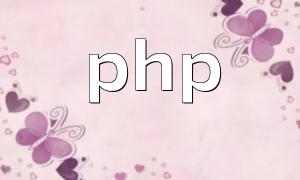In PHP development, the foreach loop is a convenient and widely used structure specifically designed for iterating over arrays and objects. Mastering the foreach loop can simplify your code and enhance both readability and performance. This article will guide you through the usage and practical examples of the foreach loop.
The basic format of a foreach loop is as follows:
<span class="fun">foreach ($array as $value) { // code block}</span>Here, $array represents the array to iterate over, and $value is the variable that holds the current element in each iteration. On every cycle, $value is automatically assigned the next element from the array.
The following example demonstrates how to use foreach to iterate through a simple array:
<span class="fun">$fruits = array("Apple", "Banana", "Orange");foreach ($fruits as $fruit) { echo $fruit . "<br>";}</span>This code will output each fruit name followed by a line break.
The foreach loop also supports iterating through both keys and values, with the syntax:
<span class="fun">foreach ($array as $key => $value) { // code block}</span>Here, $key is the key of the current element, and $value is the corresponding value. Example:
<span class="fun">$fruits = array("a" => "Apple", "b" => "Banana", "c" => "Orange");foreach ($fruits as $key => $fruit) { echo $key . " : " . $fruit . "<br>";}</span>This code outputs each key along with its associated fruit.
When using foreach, keep in mind the following: ensure that the variable being iterated is an array or an object to avoid errors; foreach does not reindex the array, so modifying the array structure during iteration can lead to unexpected results.
The PHP foreach loop is a powerful tool for handling arrays and objects efficiently. By mastering its basic syntax and key-value iteration, you can write cleaner and more performant PHP code. Understanding these concepts will help you develop more readable and maintainable programs.









